DrinkBox Studios has made its name among the indie video game scene through a series of successful titles, including two titles in the brawler-metroidvania Guacamelee! series and the touchscreen slasher Severed. The team’s latest game, Nobody Saves The World, has us literally playing as Nobody — a blank character with no defining traits or abilities — but quickly introduces its game-defining mechanic: the possibility of shape-shifting into multiple different forms.
Nobody Saves The World
Nintendo Switch, Xbox, PlayStation and Windows PC
Developed and Published by DrinkBox Studios
Released: 18th January 2022 (Xbox/PC), 14th April 2022 (Switch/PS)
£22.49 on the Nintendo eShop
Note: This review was written based on the experience of playing the Xbox Series X version of Nobody Saves The World, which is identical to the Nintendo Switch version in terms of content and features. We omit any discussion on graphics and performance.
Although the game starts off with Nobody and his wimpy slap attack, we soon find ourselves trapped in a dungeon with a magic wand. Using magic, our character turns himself into an agile rat that is able to escape. The game then shows us that, as a rat, we can complete certain form-specific activities in order to gain FP — “form points” — as well as traditional experience points that are used to level up the character’s base attributes.

Completing two or three tasks improves the rat’s rank and unlocks two new forms for us to use, each with distinct attacks, passive skills and stats. Holding down the right bumper button allows the player to quickly swap between forms and adapt to the current situation. The rat is nimble and small, the knight has a tankish build and the ranger can shoot its arrows from a distance.
The real fun begins once we unlock the possibility of arranging different characters’ attacks and skills into a single build, allowing a near-endless number of combinations. Certain skills have high synergy with another form’s attacks, for example, and it’s up to the player to decide how they want to play.
The FP tasks start off simple, usually just requiring the player to hit enemies with the form’s standard attack, and later evolve into more complex activities. In part, they serve to teach players some of the ways that different powers can work together; in addition, they also make it so we never really stick to the same build throughout the game. We must constantly adapt our playstyle, otherwise we won’t earn the FPs that unlock new powers and improve the ones already available. This is usually very fun, although sometimes it can be a bit frustrating when the tasks require specific situations, like hitting a large group of enemies with the same attack or breaking shields that only appear in a few dungeons.

My initial impression (and fear) when I first saw the trailer to Nobody Saves The World was that it would be a dungeon-crawling roguelike, with a procedurally generated world and permadeath mechanics. To my relief, it is not quite the case: the game is structured much more as a Zelda-like adventure, including a diverse overworld, a multitude of dungeons and very much permanent progress indicators. The dungeons themselves have procedurally generated layouts, but the overworld was statically designed.
The story (which is, naturally, saving the world from a calamity) requires completing five main dungeons, but there are also multiple optional and smaller dungeons spread across the world. I actually completed all of them, because it’s honestly the best way to rack up those FPs and unlock new forms and skills. Each dungeon has a certain twist — enemies will be immune to certain attacks, or using attacks costs more mana, or healing items won’t appear, for example. That’s another way the game encourages the player to think about the build that best fits the situation.
The big dungeons have a different kind of twist: you actually can’t complete form quests and earn FPs in them. Although this might seem like an annoying setback, it’s actually your chance to let go of the quest requirements and try to optimize your best possible build.
Around the world there are also regular sidequests, which involve helping out NPCs and earning ranks in the Thieves, Knights or Wizards guilds. These don’t count towards new forms but still levels up our character improving the base stats. Overall, I didn’t worry so much about them, but it’s quite easy to do a lot of them simply on the way from one place to another. It also helps that there’s a unified quest tracker keeping note of everything, so it’s satisfying to check things off as you go.

It’s also worth noting that the game is quite a bit longer than I expected. DrinkBox’s previous titles have always been in the sub-10 hour range and I expected Nobody Saves the World to be a nice quick game to take a break from dozens of hours of Elden Ring. At the end, my playtime reached 18 hours, completing all dungeons but not doing all the quests, so there’s actually quite some substance here. I was also not able to fully rank up all the forms — when I ran out of dungeons, it felt pointless to try and become more powerful.
Nobody Saves The World is a creative take on a top-down adventure game, always trying to surprise and please its players with whatever is unlocked next. It can be easily played in bite-sized chunks on the go, or be used as a side-meal game for something longer and more stressful. It does get challenging at times and you’ll be pressed to find a build that is well-suited for several dungeons, but it’s never blood-boiling difficult or frustrating. I’ve enjoyed all of DrinkBox’s games so far, and this is no exception.
Rating: 4 out of 5


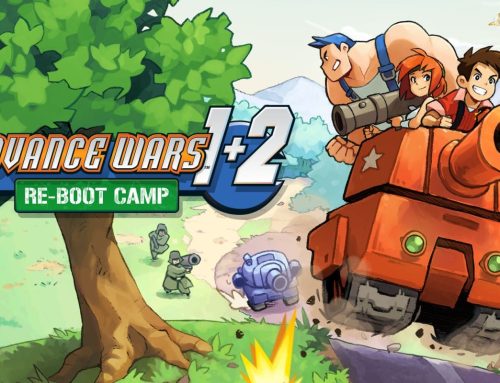
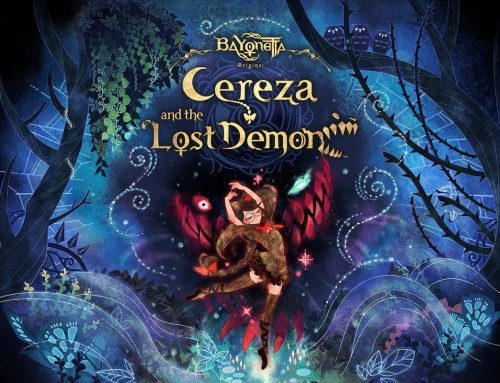

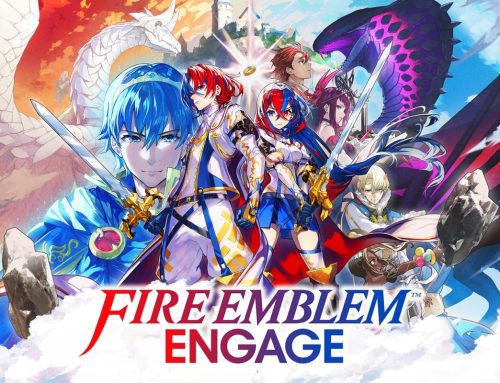
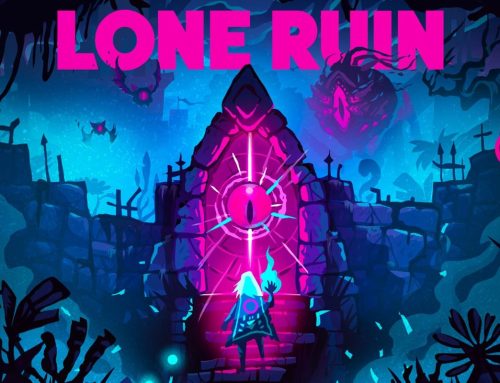


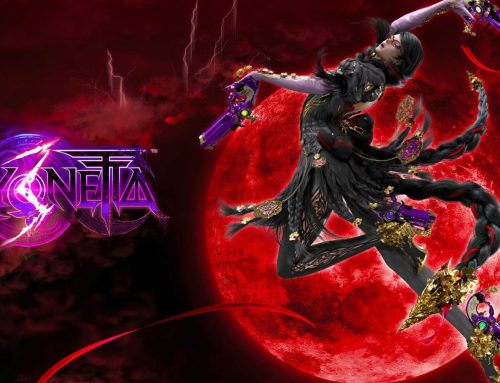
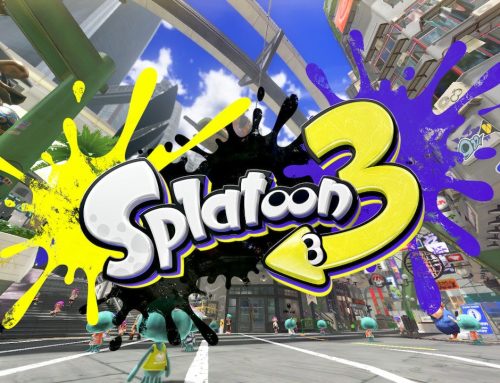

Leave A Comment
You must be logged in to post a comment.